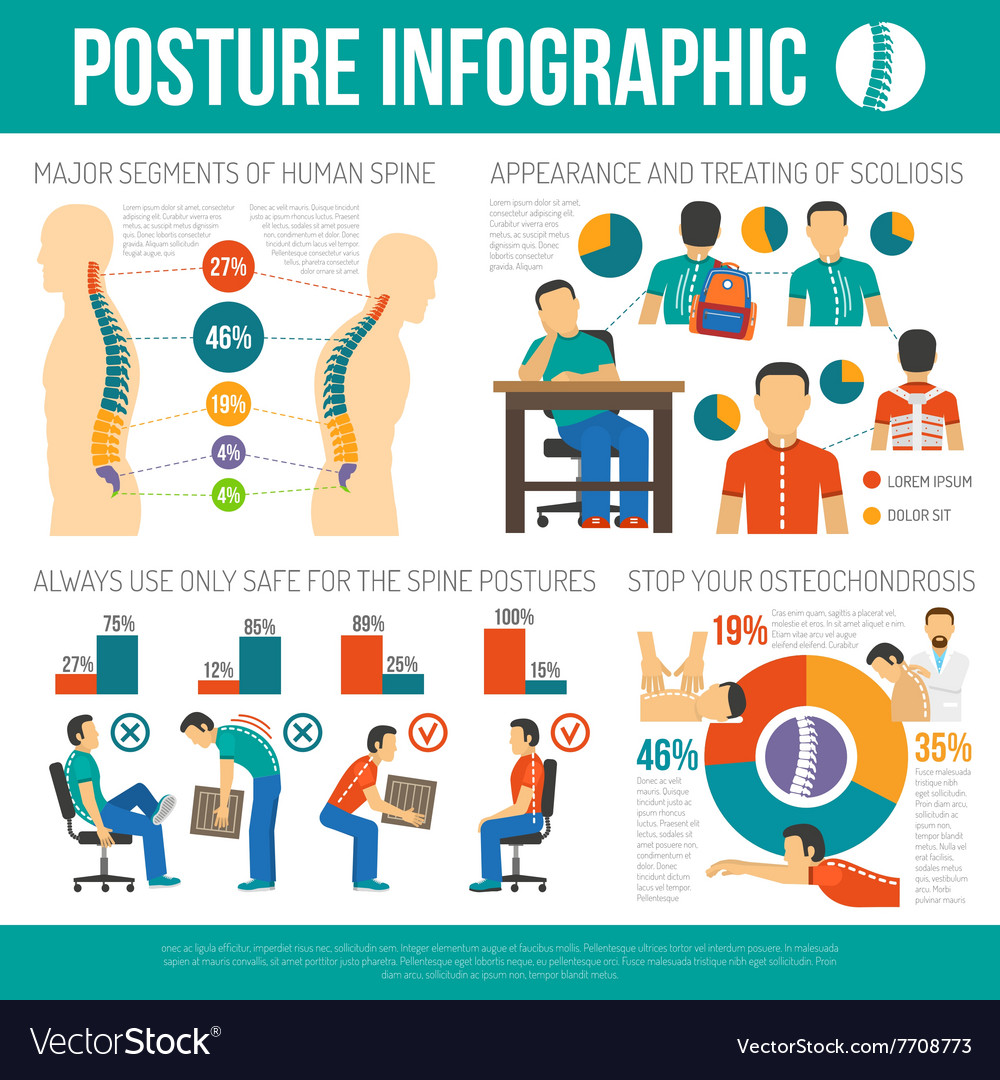Examine The Differences Between Cold Laser Therapy And Standard Therapies, And Identify Which Method Could Be Extra Effective For Your Recovery
Examine The Differences Between Cold Laser Therapy And Standard Therapies, And Identify Which Method Could Be Extra Effective For Your Recovery
Blog Article
Content Writer-Kock Bradford
When considering your therapy options, it's crucial to understand the differences in between cold laser treatment and conventional methods. Cold laser therapy uses details light wavelengths to improve recovery without discomfort, while standard therapies usually entail medicines or invasive treatments. Each strategy has its benefits and drawbacks, which can significantly affect your recovery. So, what aspects should you weigh to establish which method may be best for you?
Mechanisms of Action: Exactly How Cold Laser Treatment Works Contrasted to Typical Therapies
While traditional therapies typically count on drugs or invasive procedures to ease pain and advertise recovery, cold laser therapy utilizes a non-invasive technique that directly targets broken cells.
This therapy uses details wavelengths of light to pass through the skin, stimulating mobile activity in affected locations. You'll find that the light energy promotes ATP production, boosting mobile metabolic process and promoting cells repair work.
Unlike traditional approaches, cold laser treatment doesn't produce warm or create discomfort, making it a more tolerable option. By increasing blood circulation and reducing inflammation, it motivates faster recovery without side effects associated with medications.
As you explore your options, understanding how these mechanisms job can aid you make educated decisions regarding discomfort administration and recovery methods.
Benefits and Efficiency: Reviewing Outcomes of Cold Laser Therapy Versus Standard Approaches
As you contrast cold laser treatment to conventional treatments, you'll discover that the benefits and effectiveness of this innovative technique can be rather compelling.
Cold laser treatment often causes quicker discomfort alleviation and lowered inflammation without the side effects commonly associated with medications or intrusive procedures. quitting smoking laser treatment report improved mobility and faster recuperation times, making it an enticing alternative for numerous conditions, including musculoskeletal injuries and chronic pain.
Additionally, its non-invasive nature means less risks of difficulties, allowing you to return to everyday tasks quicker. Numerous studies support its effectiveness, showing considerable enhancements hurting administration and recovery rates.
Possible Disadvantages: Threats and Limitations of Cold Laser Therapy and Traditional Therapies
In spite of the appealing benefits of cold laser therapy, it's important to think about potential disadvantages and constraints related to both this therapy and standard approaches.
Cold laser treatment might not work for every person, and its results can vary based on individual problems. Some people may experience mild side effects, such as short-lived pain or skin inflammation.
On the other hand, conventional treatments typically come with risks like negative effects from medicines or complications from intrusive treatments. Furthermore, Visit Webpage might need longer recuperation times.
It's essential to consider these elements when picking a treatment strategy. Consulting with a health care specialist can help you figure out the best method for your details requirements and circumstances.
Conclusion
Finally, comprehending the differences in between cold laser therapy and conventional therapies can empower you to make educated healthcare options. stress relief offers a non-invasive alternative with quicker pain alleviation and less adverse effects, while conventional approaches may be more familiar but could involve longer recovery times. Weighing the benefits and disadvantages of each method is essential for discovering the very best option for your private demands. Trust your instincts and seek professional support to navigate your therapy options.
